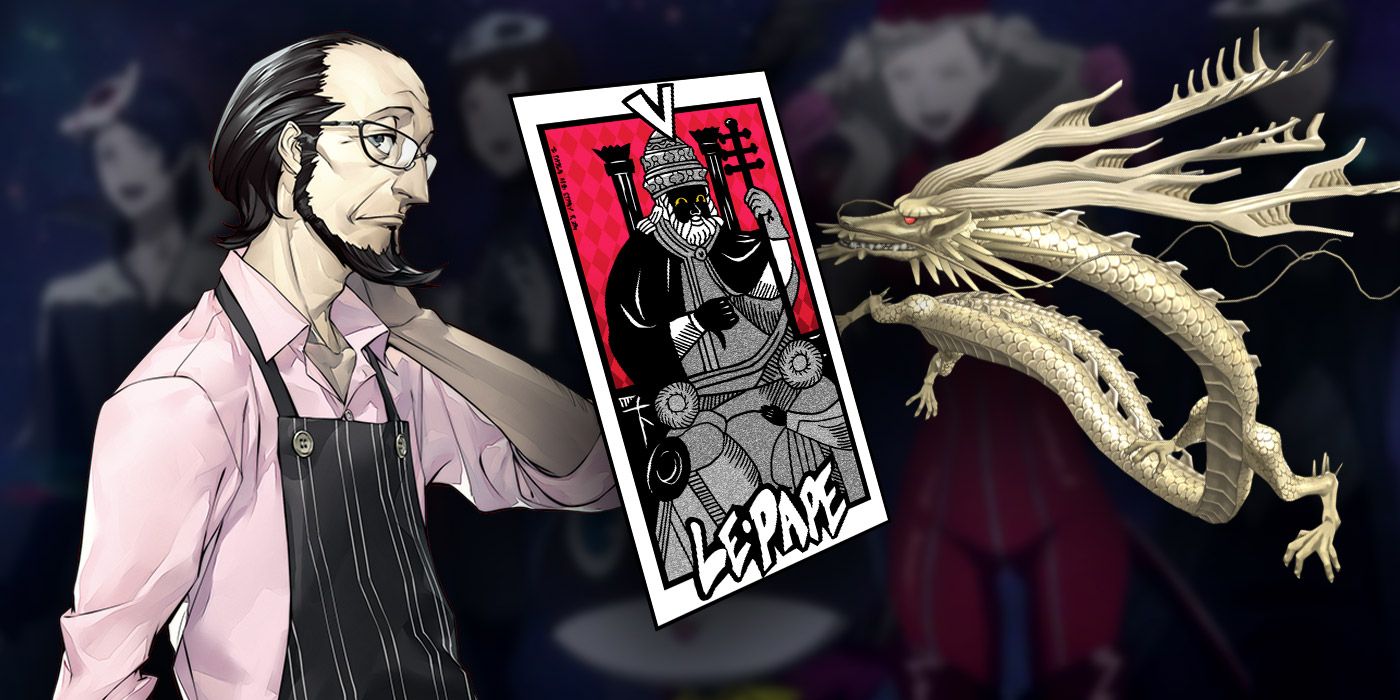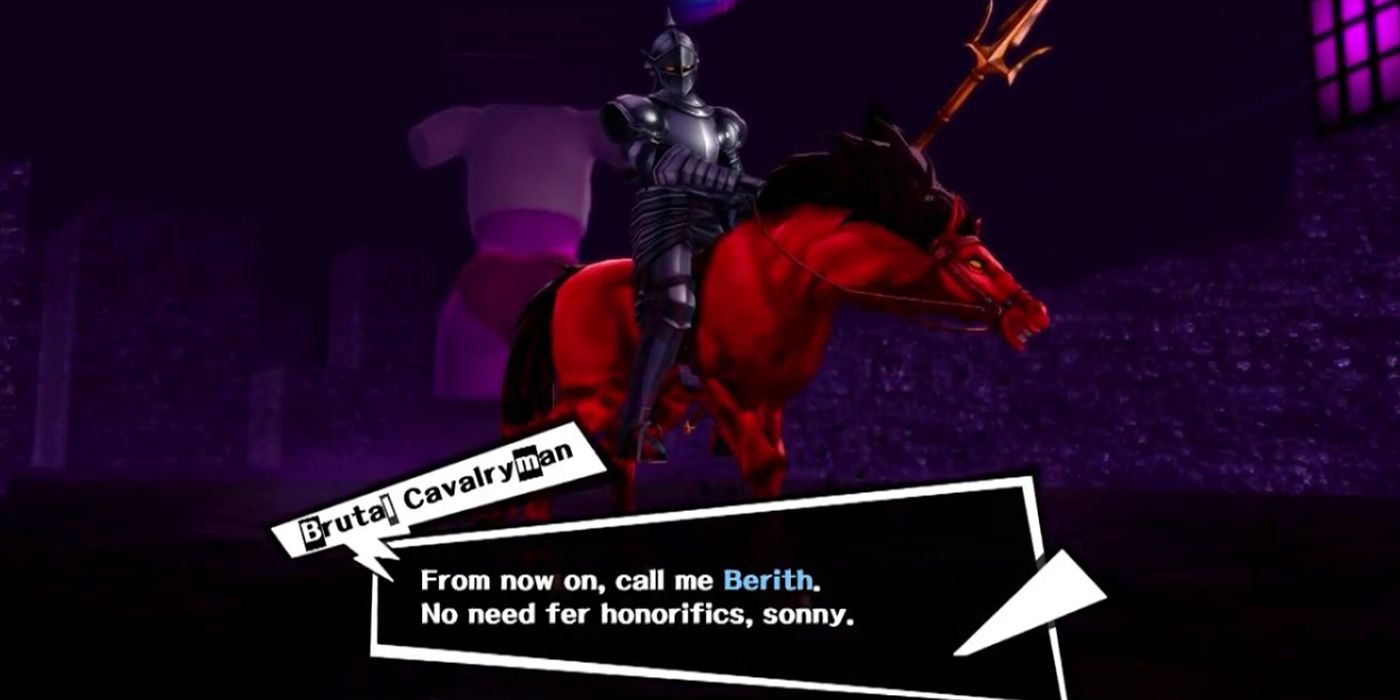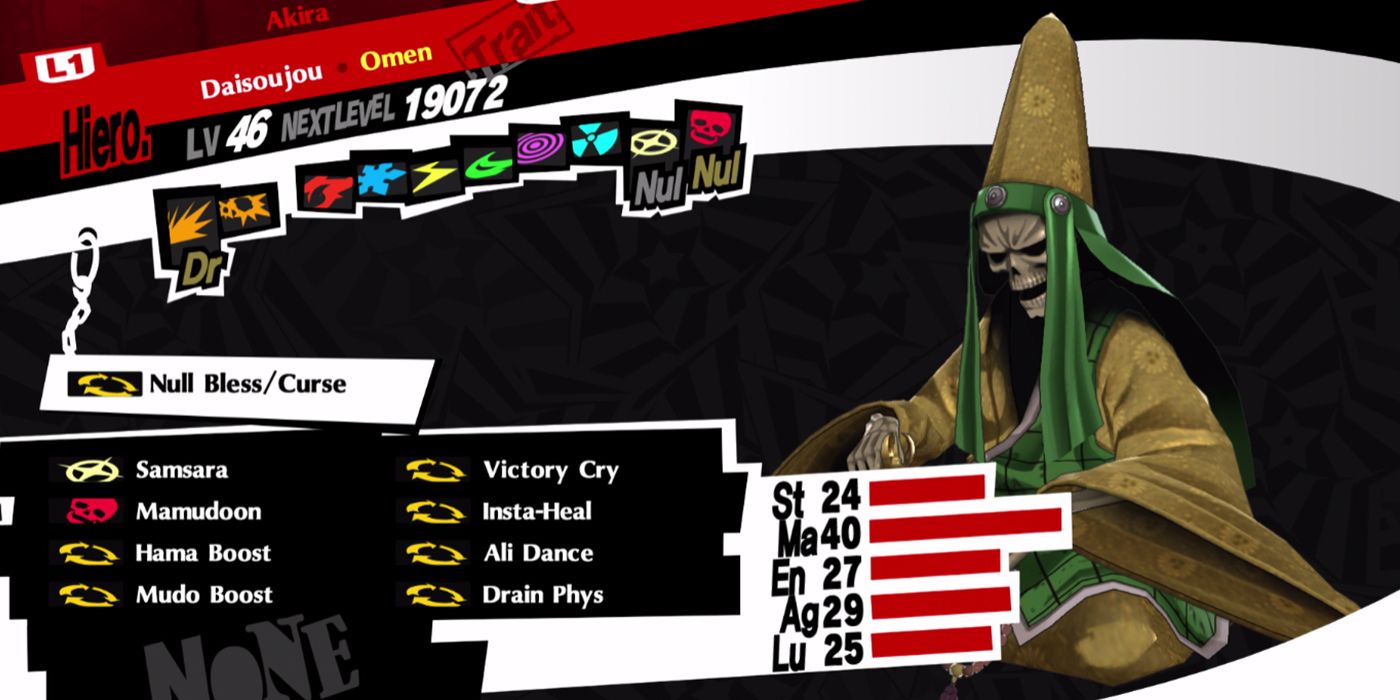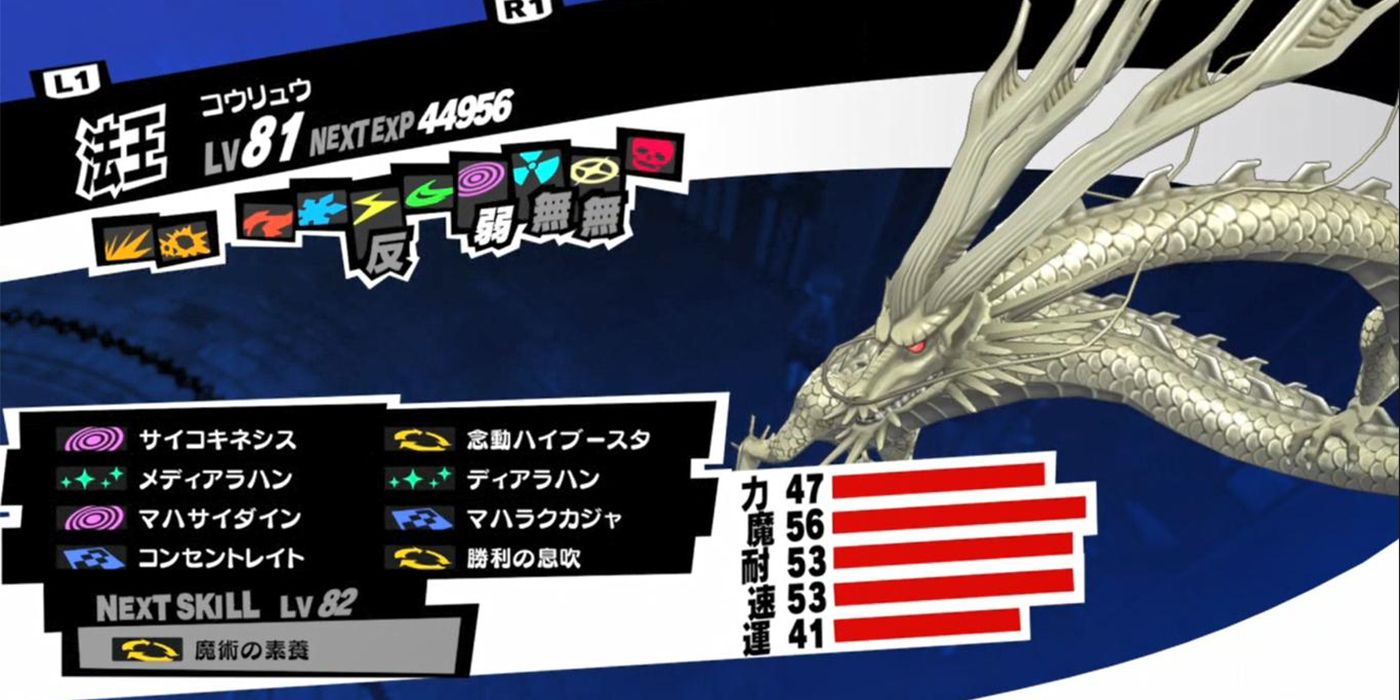The Persona series' Hierophant arcana is another member of the tarot that eludes cursory readings, if only because most people do not know what a hierophant signifies. The word refers to a wise man or priest in ancient Greece society who interprets secret meanings, unravels mysteries, and imparts esoterica or other forgotten knowledge to laypeople. But the Persona series also puts its own unique spin on the arcana, establishing some conventions that persist from title to title
Despite originally being titled the Pope, and acting as the male counterpart to the intuition-driven Priestess arcana, the arcana has little to do with religion—at least on a spiritual level. The Hierophant is logically minded and seen as an educator and guide. As an Arcana, it represents conservativism and upholding tradition, similar to the functions fulfilled by the head of a church.
While the Hierophant is a figure of authority, it is unlike the Emperor arcana which represents absolute control, and rather a moderating influence on those less experienced. The unique spin that Persona puts on this arcana, is that hierophant figures, like Persona 5's Sojiro Sakura and Persona 4's Ryotaro Dojima, are often the player character's guardian or parental figure. An even more prominent theme, as illustrated by the inclusion of the Kitamura couple from Persona 3, is that Hierophant confidants are all haunted by, or fixated on the past. In many cases, their cautious outlook and propensity for giving stern advice stem from instances of personal regret, or unresolved business.
This is an apt addition that sets up a brilliant give-and-take between the games' protagonists and their respective Hierophants. While the Hierophants provide advice that helps shape the infinite potential of the Fool arcana's wildcard ability, the protagonist's actions usually help the Hierophant move past their fixation on the past and move forward. This is definitely true of Joker's intervention in Persona 5, as his influence gradually helps Sojiro mature as a parent, and move past the lingering trauma of Wakaba's death.
Berith — Demon with the Golden Touch
The first hierophant persona players encounter in most Persona titles is Berith, a knight astride a red steed in armor that looks like it came straight out of Dark Souls. While it is quickly obsolesced in gameplay, Berith has an interesting background. He is cited in the Bible as a god (or possibly a pair of gods, Ba'al Berith and El Berith,) worshipped by ancient Canaanites. Throughout history though, this former god was eventually re-branded a demon, and included in The Lesser Key of Solomon, one of the books of the Ars Goetia, a collection of seminal demonology texts.
As a demon, Berith was sought after by alchemists for his ability to transmute any metal into gold. This connection to the pursuit of alchemy is likely the reason why Berith is included in the Hierophant arcana, though the demon's folklore has another fun wrinkle: while the Goetia describes Berith as a compulsive, pathological liar, he must answer questions truthfully. Hardly an ideal teacher, but an effective source of knowledge if one knows what to ask and what to disregard.
Daisoujou — The Mummified Buddhist Priest
Players encounter Daisoujou about halfway through Persona 5, and as mid-level personas go, it is a surprisingly effective healer and instant-death dealer with an above-average magic stat. But the story behind it is extremely grim, even though its design isn't as provocative as some other bizarre members of the persona compendium.
Daisoujou is based on an ancient Buddhist tradition known as Sokushinbutsu, which refers to self-mummification via ascetism. In the practice, Buddhist monks would gradually starve themselves, being entombed in rooms that were just large enough to allow them to sit cross-legged, with only a tube in the ground to provide air. Before being entombed, the monks were given bells, like the one Daisoujou carries, and they would ring the bell daily until their death, at which point the tomb would be sealed. After a thousand days, other monks would exhume the body, and if it was successfully preserved, the monk was said to have attained enlightenment.
This practice was associated with Kūkai, the founder of Shingon Buddhism, who, along with other monks of great ascetic virtue, attained the title of Daisoujou. Kūkai provides the link to the educator aspect of the Hierophant persona, as he supposedly invented the kana syllabic alphabet that is still used in Japanese in modern day. The monk's ability to fast, and preserve his body with spiritual power, represents a mind over matter mindset, and a focus on the abstract as opposed to worldly things.
Kohryu — The Dragon God
The marriage of game mechanics and clever applications of folklore are one of many factors that make Persona 5 one of the best RPGs of the outgoing console generation, and one of the highlights of the persona fusion system is the way players can acquire the most powerful member of the Hierophant Arcana: Kohryu.
Also known as the Yellow Dragon, or Huanglong, the divine entity Kohryu is chief among the "four divine symbols," or Si Xiang—spiritual animals representing the four cardinal directions, with Kohryu positioned at the center of the compass. Like most high-level persona fusions in Persona 5, Kohryu is difficult to create, though the process of creating him pays homage to his connection with the Si Xiang. To fuse Kohryu, players must fuse Seiryu the Azure dragon, Suzaku the Vermillion Bird, Genbu the Black Tortoise, and Byakko, the White Tiger.
Kohryu represents the element of earth, as well as the Yellow Emperor, a mythological figure who presides over creation at the center of the universe. The Yellow Emperor did not begin life as the dragon Kohryu, but rather attained that form as he ascended into Heaven, and the legends surrounding Kohryu contributed to the use of dragons as symbols of ancient imperial China.
As for why he is related to the education-focused Hierophant, like the monk Kūkai, Kohryu is credited with the invention of language. Kohryu supposedly taught Fuxi, a Chinese folk hero, the foundation of written language after emerging from the River Luo. In that light, Sojiro's repeated reminders for Joker to focus on his studies seem all the more fitting.
Persona 5 is available now for PlayStation 4.




